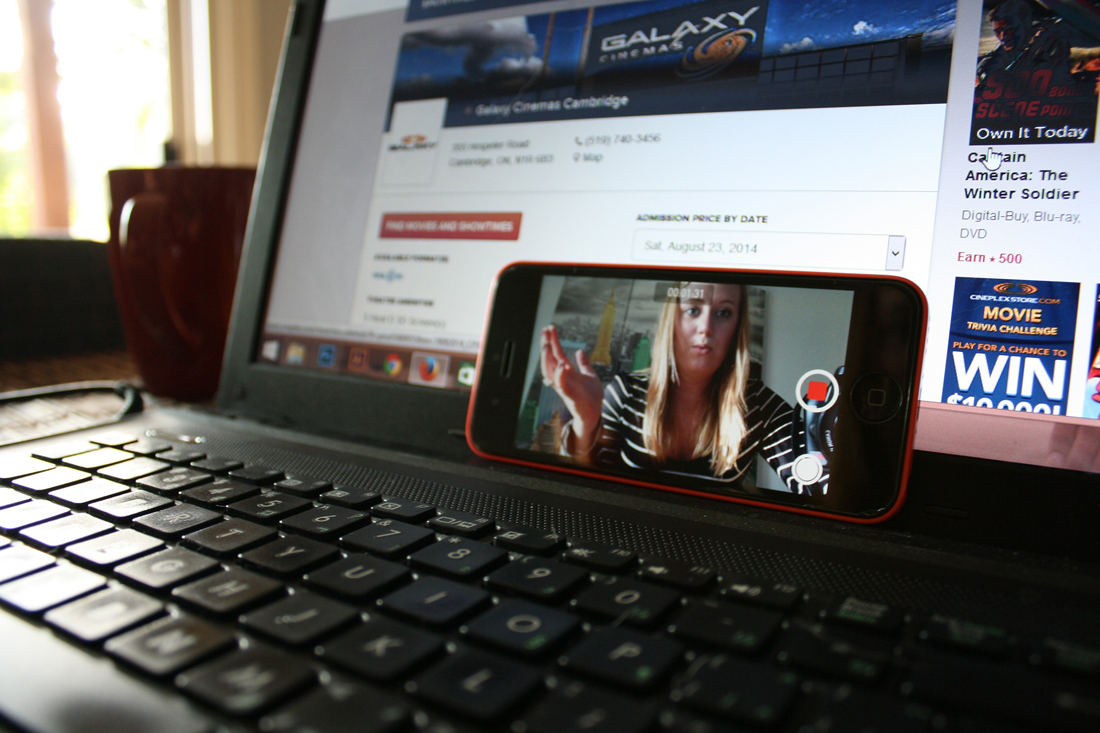
Webinar software has come a long way over the last few years, making it easier and more affordable than ever for anyone to offer a webinar. Many entrepreneurs are now taking advantage of this new way of delivering their message, but not all of them are doing it well. If you’re considering conducting a webinar, begin by thinking carefully about the two key factors that make this delivery method special: audience and content. A webinar only exists with both and only succeeds when both shine.
We’ve been running webinars for Craft Industry Alliance for a year now. When we first began, neither Kristin nor I had ever conducted a webinar so there’s been a learning curve as the months have gone on (and we’re still making improvements as we go). Our webinars are conducted on Zoom (see our resource on evaluating webinar software for a price and feature comparison if you’re deciding which platform to use), but we’ve found that choosing a software service and learning how it works is really only a small part of conducting an effective webinar.
Considering your audience should come first. After all, for many participants the most attractive feature of a webinar is that it’s live. They’re hoping to get the opportunity to interact with you in real time, so plan your content with audience interaction built in. Set the tone right from the start by putting up a welcome slide 15 to 30 minutes before the webinar begins. Include the title, start time, and logo or image that represents the webinar so that early arrivals know that they’re in the right place. Take it one step further by setting up a rotating slide deck with a simple icebreaker question to warm people up and get them chatting in the “lobby” while they wait for the presentation to begin. A simple question such as, “Where are you joining us from?” helps people feel connected to one another and builds anticipation.
It’s important to start promptly. Your audience is waiting and they expect you to begin on time so don’t risk losing them by being late. Right from the start, emphasize that you’re live. One way to do this is to ask people to say hello by typing their first name in the chat and then greet a few people by name to acknowledge them. You’ll find that this simple step at the start increases audience engagement throughout the entire webinar.
Remember that the presentation is all about the audience. Instead of saying, “Today I’m going to be explaining…” frame the presentation so that it’s all about what people will learn. “Today you’ll learn how to…” is a better way to explain the goals of the webinar. You’re there to solve the audience’s problem and to improve their lives.
Plan to interact with the audience every five to seven minutes throughout the presentation. The easiest way to remember to do this is to build moments of interaction into your outline. You don’t necessarily need to ask, “Are there any questions?” which can lead to awkward silences if none come in. Instead, give participants a mini challenge, have them brainstorm ideas, or ask them to briefly share their experiences. Essentially you want to ask the audience how the topics relate to them. The more exercises like this that you build into your presentation, the more your audience is likely to process what they’re learning and remember it in the future. Other interactive ideas include a poll, a quick quiz, or a short task.
If you plan to leave time at the end of the webinar for questions, prepare a slide for people to look at during the Q&A. This way they’re not staring at your last slide that might be irrelevant.

Delivering high-quality content is also fundamentally important to a successful webinar. Prepare a detailed outline of your presentation and when the actual webinar begins, get to the content quickly. Many presenters begin a webinar by talking about themselves and their background, but this isn’t necessarily the best approach. Although it’s important to establish credibility, hearing your background isn’t the reason why the audience signed up to attend your webinar. Instead, consider beginning in a way that’s more engaging. One effective way to start is to tell a story that’s relevant to the topic of the webinar. Everyone enjoys hearing a good story and you’ll be sure to draw your audience in right from the start. Then you can explain your expertise and move on to the heart of your presentation.
A webinar takes place online, which means you won’t have the benefit of reading your students’ body language or watching their behavior while you’re speaking. Be sure your presentation includes concrete, real-life examples that demonstrate the ideas you’re teaching. Case studies can be an effective way to show real-world applications. Create a slide deck with interesting visuals. You may find that you need more slides than you would for an in-person class so that you can change them frequently. Also, consider incorporating a short video into your presentation just to change things up a little bit.
Preparation for a webinar is twofold. You’ll need to practice your presentation with the slides so that you’re confident with your content and get the pacing right, but you also want to spend time on the webinar software so that you know your way around. Practice sharing your screen and do a dry run of the interactive elements such as quizzes and polls. Learn how the chat will run and think about how you’ll manage it. If your face will be visible during the webinar, take a look at your lighting and the backdrop behind you as well. Silence your mobile devices. Be sure you’re in a quiet place without the interruption of pets or people, and, of course, check that you have a strong, stable internet connection.
We’ve found that having a “producer” who is on the webinar with you can be very helpful. The producer can confirm that your slides are full-screen and your sound is clear. She can hit the “record” button at the right time. The producer can also troubleshoot technical issues with participants in the chat and even manage the chat for you, directing relevant questions to you at the appropriate time. Of course there will occasionally be glitches. Stay flexible and have a backup plan if the technology ends up causing you trouble.
End the webinar with a clear call to action. This might be an assignment you want participants to do (and then share with you on social media using a hashtag), or it might be a call to purchase your products or services. Include your contact information on your final slide. Remember to follow up with attendees a day or two later via email, repeating your call to action.

This is really helpful information, Abby. Thanks for sharing your process. I’d love to hear more about Backup Plans. The only response I’ve seen when webinar tech isn’t working is a follow-up email (sometimes not till the next day) from the host offering a rescheduled date. Sounds like you might have something else in mind.
We had a webinar fail in October. We had the settings wrong and although we could hear and see the guest, nobody else could! We didn’t figure out how to solve the problem until 15 minutes into the time slot and by then it was too late. We immediately sent out a notice to everyone who had RSVP’d apologizing and giving them a new date. It was embarrassing and frustrating, but I think this kind of thing does happen to everyone at some point.